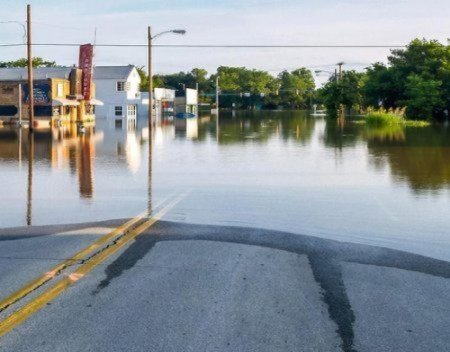
Simple Flood Insurance Tips You Should Know
Flood coverage can be crucial for protecting your property against water damage from floods.
Here are some common flood coverage options: National Flood Insurance Program (NFIP): Managed by the Federal Emergency Management Agency (FEMA).
Available to property owners in participating communities.
Offers coverage for buildings and contents.
Has limits: $250,000 for building property and $100,000 for personal property for residential structures.
Private Flood Insurance: Offered by private insurers.
Often provides higher coverage limits than NFIP.
Can include additional benefits like replacement cost coverage, temporary living expenses, and more flexible claims handling.
Excess Flood Insurance: For properties that need coverage beyond NFIP limits.
Available through private insurers.
Can be tailored to individual needs, especially for high-value properties.
Basement Coverage: Not typically covered by standard flood insurance.
Available as an add-on through some insurers.
Covers items and improvements in basements like furnaces, water heaters, washers, and dryers.
Preferred Risk Policies (PRP): Available through NFIP for properties in low to moderate-risk areas.
Offers lower premiums while still providing comprehensive coverage.
Community Rating System (CRS) Discounts: Available to residents of communities that engage in floodplain management practices exceeding NFIP minimum requirements.
Can lead to lower premiums.
When choosing flood coverage, consider the specific risks associated with your property, such as its location, elevation, and flood history.
Always review the policy details, including exclusions and coverage limits, to ensure it meets your needs.
I have no problem giving you an A1 reference for taking care of the flood policies for me and Diane. I appreciate you working with the mortgage company: the surveyor and our previous agent. The result was a 75% reduction in our flood insurance premiums!
I have known Tim for many years and he is a man with great integrity, work ethic and one of the nicest persons I know. Over the years Tim has provided insurance counseling and advice to our company, for myself personally, as well as to our clients. Recently Tim, took time to analyze our flood insurance policy and he was able to make some excellent recommendations. Our flood insurance costs are now less and we have much better coverage. I recommend Tim to anyone without hesitation or reservation.
We contacted Mr. Holt for an estimate via email over the weekend prior to a closing on a property, hoping for a response on the following Monday to take with us with confidence in being insured at the settlement table on a Tuesday. He exceeded our expectations not once but in readily responding to the initial request and then to follow-up questions all during the weekend frenzy that occurs before closing. "Impressive and responsive customer service," for sure!